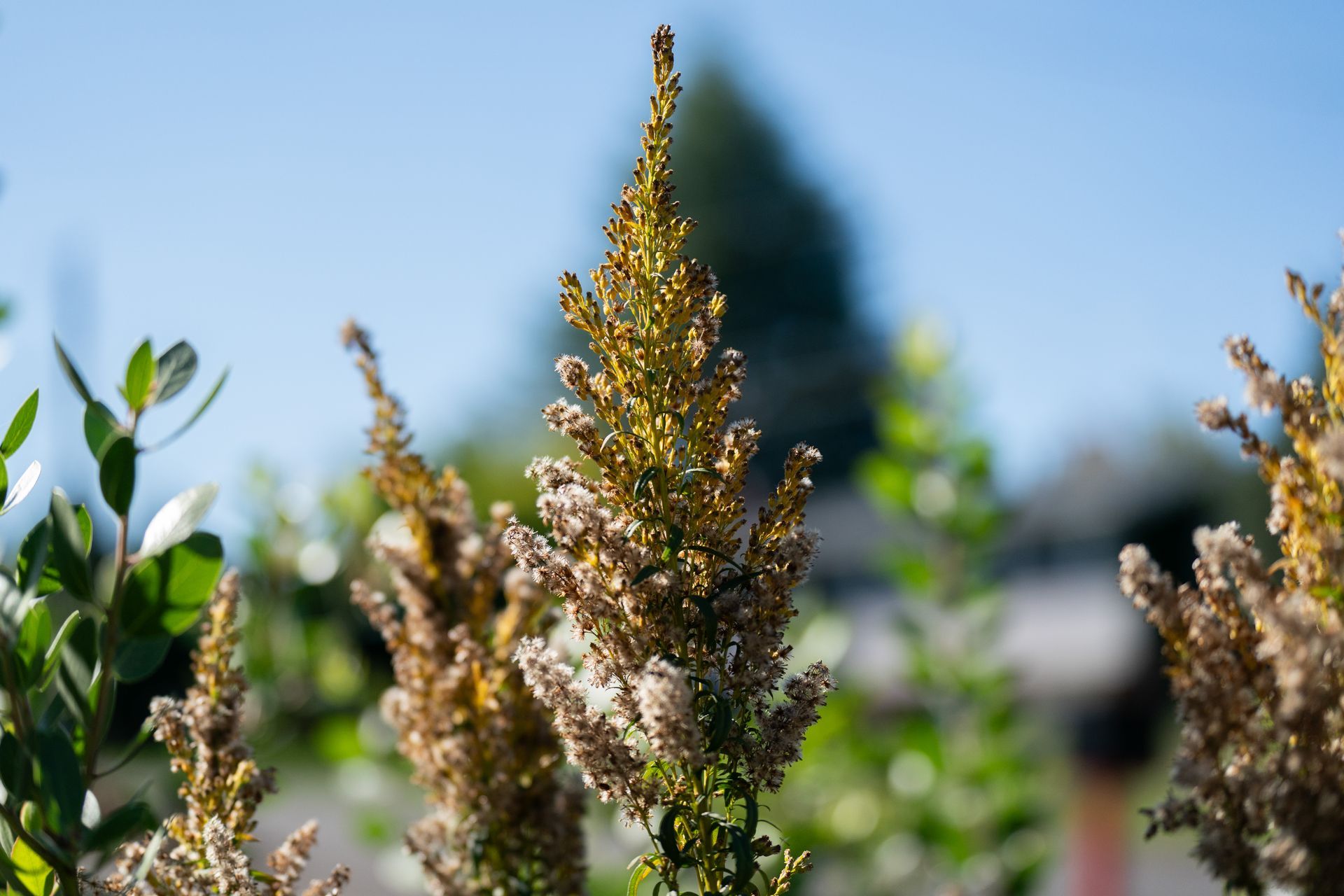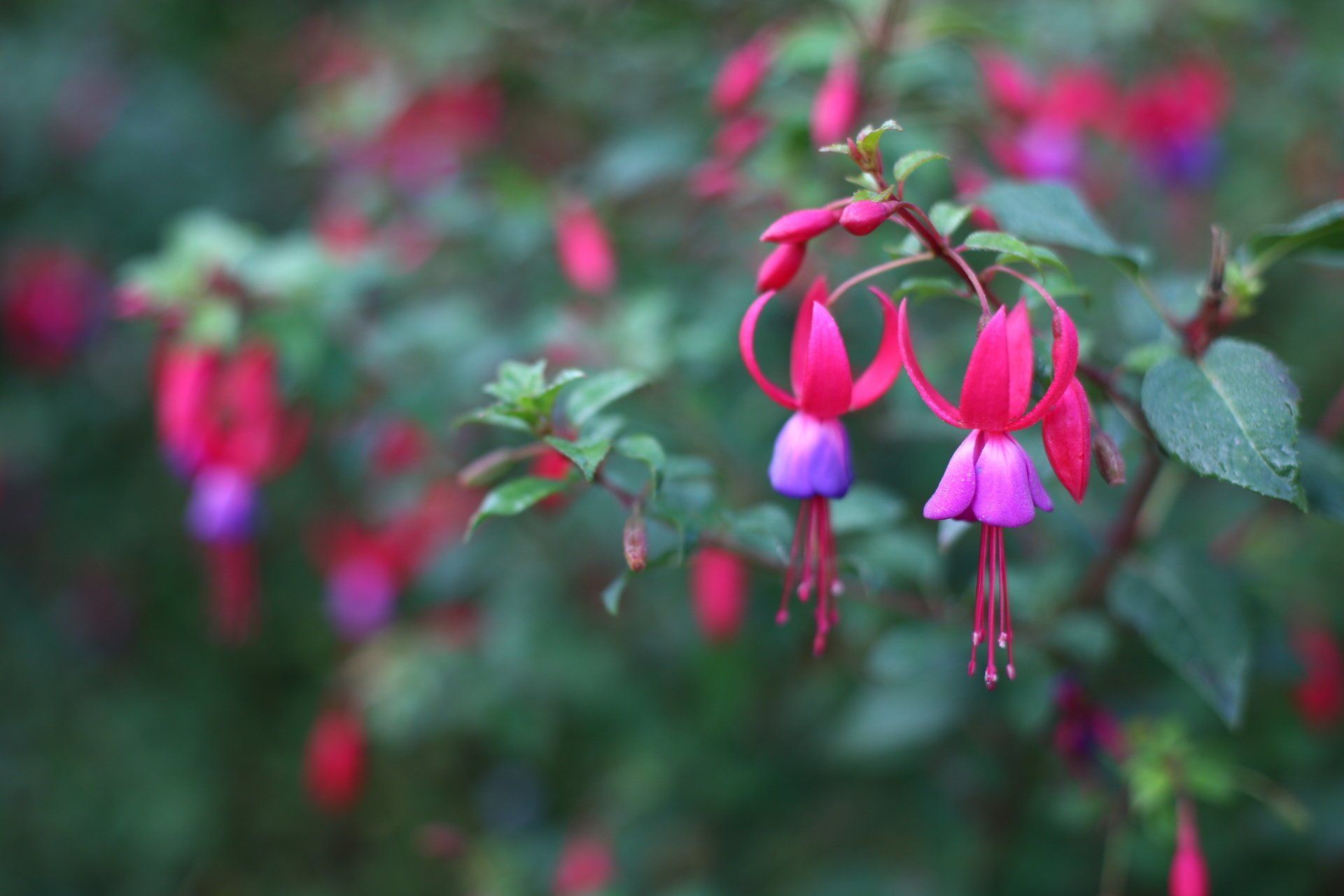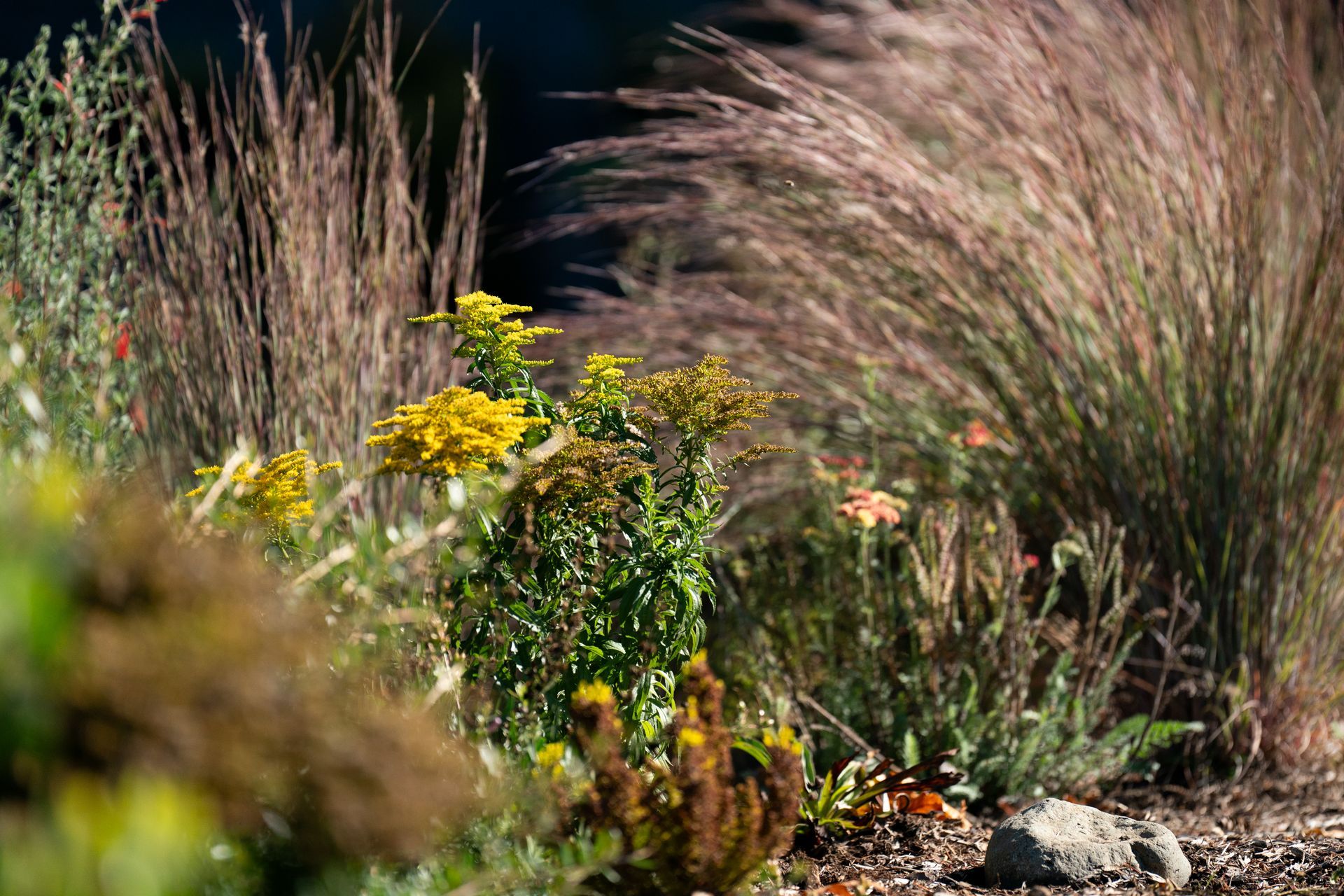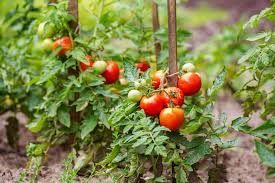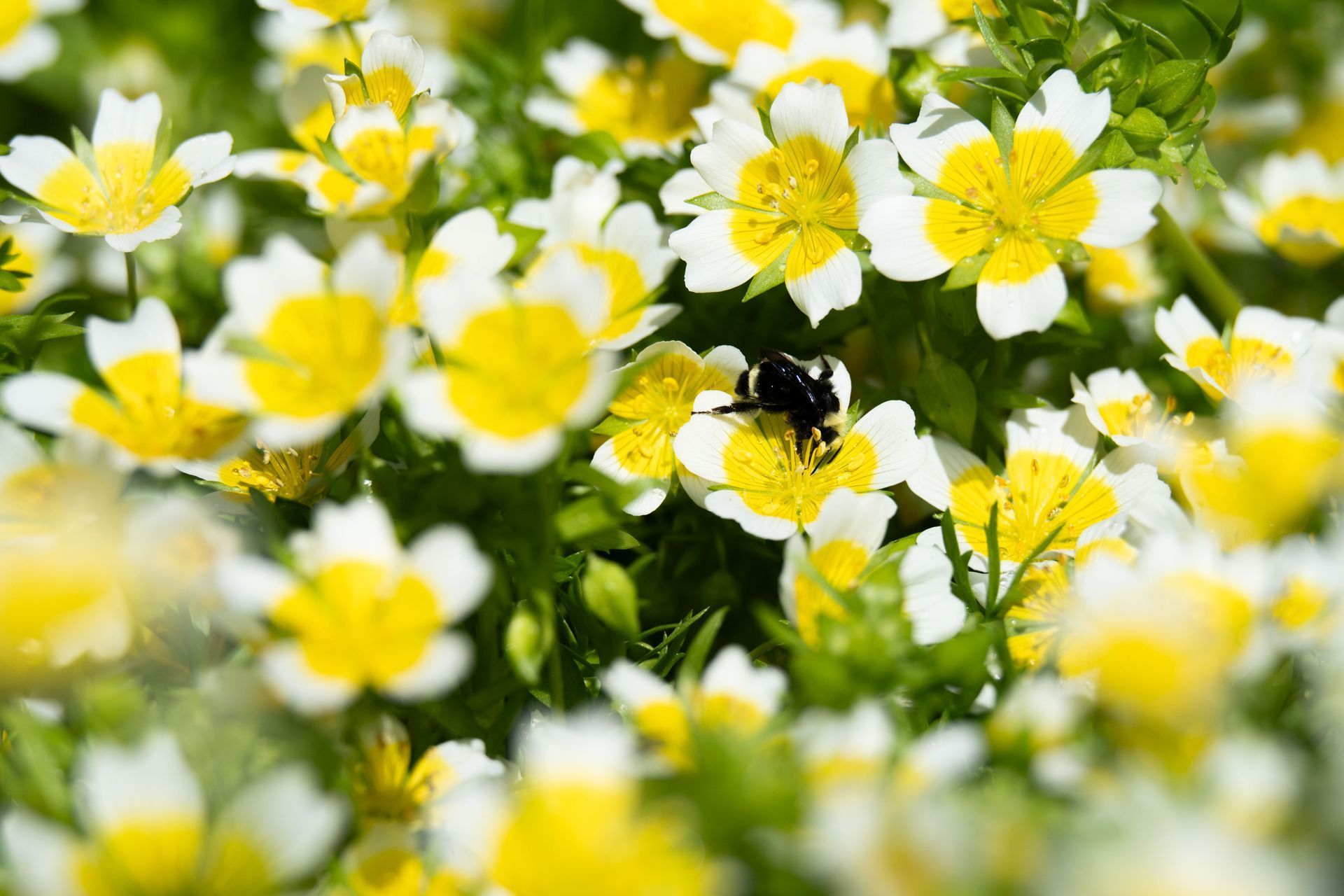Phil’s Garden Tips & Tricks for March 2020
March 19 Is the Date on Which Our Calendar Says Spring 2020!
We have had heavy rains in January and early February, followed by sunshine for several days in late February, but only light frosts this winter! Who knows what March will continue to bring! Now is the time to determine if this September you need to purchase more bulbs, and, specifically WHERE you need to plant them so that Spring 2021 will be even more cheery! Make a note of it, now, somewhere that you will remember to purchase in September 2020! The robins have set up their territories and are now loudly proclaiming at dawn. Our Pacific chorus frogs are actively forming a symphony for our entire neighborhood. The bees have been seen out visiting our spring blooms.
Here Are Some Tips and Tricks for March:
- It is important right now—if you have not yet done it—to quickly prune off any of last year’s perennial ugly, brown foliage that you did not get to, before the new sprouts begin to come up and make you selectively prune the branches.
- Continue weeding to prevent your weeds from going to seed! Seriously, if you weed now, summer weeding will be so much easier. And if you are going to use a pre-emergent weed control, now is a good time. Just please be careful when using this sort of thing!!
- Continue baiting for slugs.
- This is the last good month for transplanting. Try to do it soon before they sprout. If a plant is starting to sprout, it might be best to leave it alone and wait for next fall to move it.
- Prune your spring-flowering shrubs after the blossoms fade, and only if they really need it.
- Trim or shear winter-blooming heathers when the bloom period is finished (usually later in March). This keeps them nice, tight and full.
- Now is the time to cut off all your Western Sword Fern’s fronds to clean them up and get them ready to open all of their new fronds. This is mainly where you look at them from a path or a window. Obviously, if you own a woodsy section you will not want to trim all your ferns in the woods this way. No one does it out in the forest!
- Fertilize rhododendrons, camellias and azaleas with compost, or—only if necessary—use an acid-type fertilizer. An indicator this is needed is if the leaves are yellow.
- Spread mulch over garden and landscape areas that didn’t get mulched last month.
- Lawn-mowing begins this month, so, set your blade at the lowest setting that you are comfortable with: ¾”-1” for bent grass lawns; set blade 1 1/2” to 2 ½” for fine fescue and ryegrasses. In other words, set it as low as you can without damaging the lawn. It will look really shorn after you do this, and it might take three tries to get it to the level that you want. The grass will be wet and green and you do not want to clog up or kill your lawn mower! Do not leave clipping clumps on the grass this month as they will create brown spots. Throw the clumps into the beds or the composter.
- This is the time for the first 2020 application of lawn fertilizer after the first mowing. Our preference is an organic fertilizer (non-petrochemical or a 16-5-5 fertilizer).
- Fertilize cane berries with manure/compost (or a 10-10-10 fertilizer).
- Prune out dead wood on raspberries, blueberries and gooseberries to keep them from getting too big, then spread wood shavings and, as needed, manure/compost.
On a side note, I apologize for the fact that these tips and tricks don't vary a lot from year to year. That is because the tips and tricks I share are the ones that have stood the test of the garden calendar of time. If you have new ones or want to polish up the ones that I have here, please let me know! Thank you.
